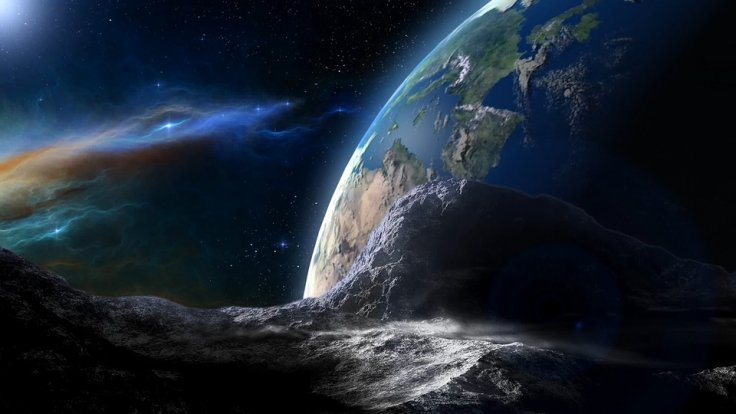The European Space Agency (ESA) is currently monitoring a new asteroid that could collide with Earth within the next couple of decades. Since the asteroid has a chance of causing an impact event on the planet, the ESA added it to its Risk List.
The ESA's Risk List catalogues all known asteroids that have non-zero impact probabilities. This means that the near-Earth objects featured in the list all have chances of hitting the planet.

Facts About Asteroid 2020 BW19
The latest addition to ESA's Risk List is an asteroid known as 2020 BW19. According to the ESA, the asteroid was only added to the list nine days ago as of this writing. 2020 BW19 is a massive asteroid that has an estimated diameter of 710 metres. The ESA noted that if this asteroid hits Earth, its impact velocity could be at over 64,000 kilometres per hour.
According to the ESA, 2020 BW19 is an Apollo asteroid, which means it follows a natural orbit that intersects Earth's path around the Sun. The agency noted that the asteroid's next near-Earth intersection could result in a collision.

Potential Impact Event From 2020 BW19
As indicated in the Risk List, 2020 BW19 has a chance of colliding with Earth in the near future. Based on the asteroid's trajectory, a collision with Earth could happen on Oct. 14, 2046. According to the ESA, the asteroid's chances of hitting Earth are one in 38,000. The odds of the asteroid hitting the planet in 2046 depends on various factors in space.
One of these is the gravitational keyhole. This is a region in space that's heavily affected by the gravitational pull of a massive object such as a planet. If 2020 BW19 passes through a keyhole as it makes its way across the Solar System, it could end up on a collision course with Earth.
Due to the asteroid's massive size and speed, it would cause a violent impact if it hits the planet. The energy it would release upon impact would be powerful enough to wipe out a major city. If it hits the ocean, it would generate towering tsunamis that could take out nearby coastal areas.








